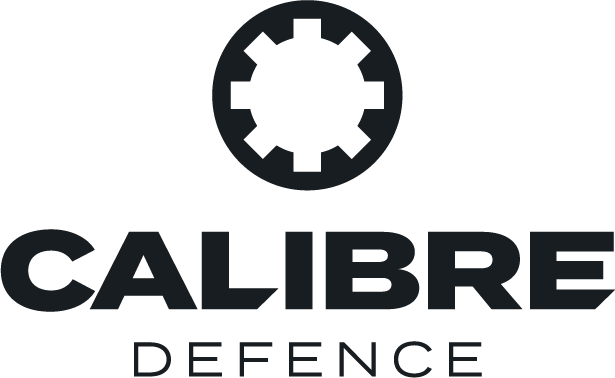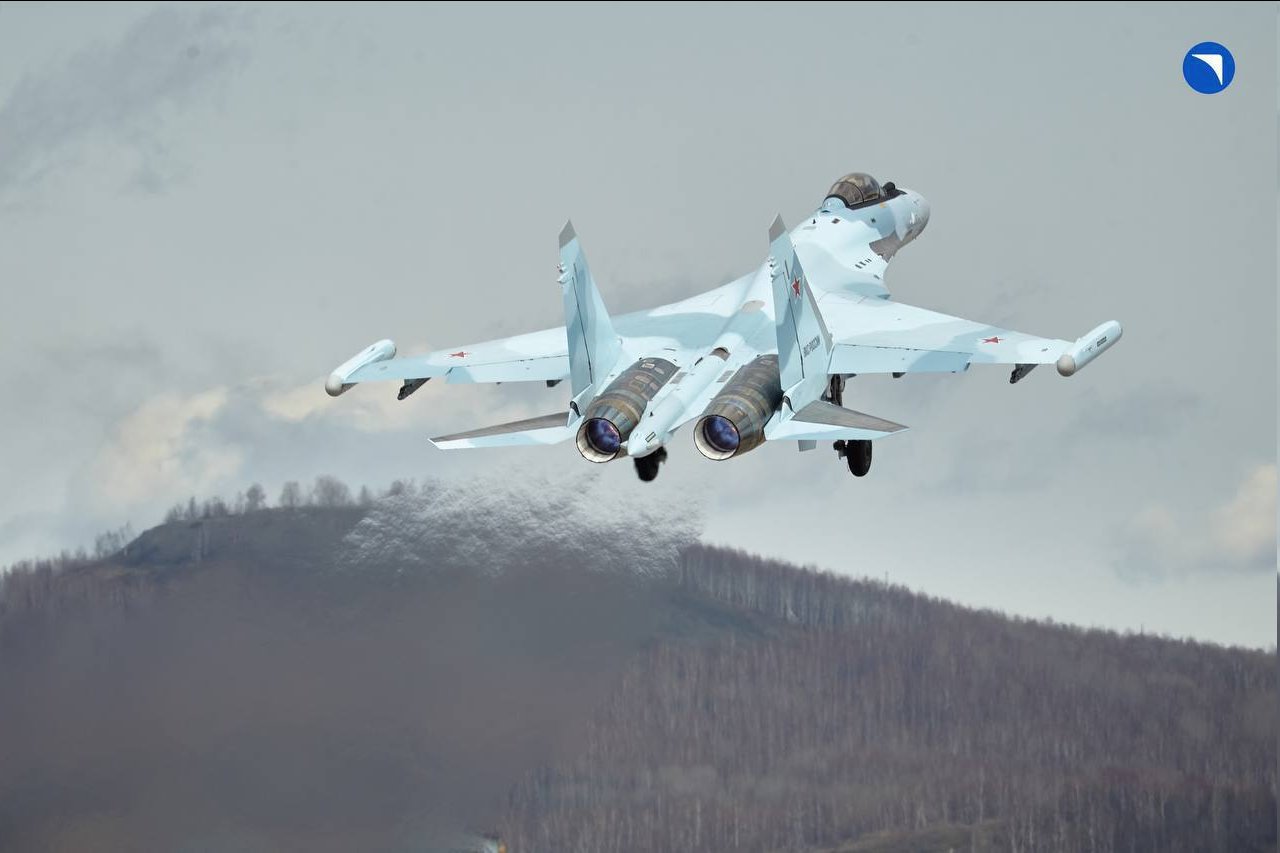Sponsored article: Nurol Makina and its export success
Nurol Makina has gained rapid export success with its protected mobility platforms in the past decade. From responding quickly to meet the needs of the Turkish armed forces, the company has continued to win export orders for its vehicles amidst stiff competition and now some 1,800 Nurol vehicles are in service around the world. This sponsored article explores some of the company’s successes, as well as some of the possible reasons for its growth.
Most armed forces try to make sure they have all of the equipment that they need in times of peace. Often, when war comes, they find that things are missing. When that happens there is a lot of pressure on the defence industry to respond quickly and efficiently to the emerging needs. For example, the US defence industry quickly pulled together an answer to the threat of improvised explosive devices (IEDs) in Iraq in 2003. This mostly revolved around large heavy duty truck chassis fitted with large armoured bodies to provide mine resistant ambush protected (MRAP) vehicles.
Companies like Navistar Defense emerged to answer the need for thousands of vehicles to protect US and allied troops as they patrolled Iraqi towns and villages. Over time the vehicles were refined, fitted with new armour to counter the threat from shaped charge-based IEDs following training provided to Iraq’s insurgents by Iran. As they grew heavier, new improvements to the suspension and engines worked to maintain mobility, while jammers became commonplace to help counter radio-controlled IEDs.
MRAPs worked, but they were big. The MaxxPro was not the biggest MRAP, but it also wasn’t the smallest, and it came in at a maximum length of 6.24 metres, with a width of 2.5 metres across the wing mirrors, and a 21 metre turning circle. Most MaxxPros weighed at least 19 tonnes, with many of them reaching 22 or 24 tonnes. All of which made for a poor combination in the tight streets of Iraq, and the limited infrastructure of Afghanistan. Nevertheless, the vehicles were a success, with some 9,000 produced. They consequently entered service with many US allies, but they were often donated as gifts to support allies and provide them with some more modern equipment cost effectively, rather than being procured.
Production speed is key

An Ejder Yalçin from Nurol Makina navigates a water obstacle on a test track. The vehicles are designed to provide a good balance between mobility and protection. Credit: Nurol Makina.
The concept of MRAPs has evolved and now, similar levels of protection can be found on much lighter and smaller vehicles. The Oshkosh JLTV is emblematic of this, and Dingo 2 from KNDS should also be included in that category. But they are not alone, Turkish manufacturers also produce 4x4s with high levels of protection and mobility, which has afforded them a degree of export success. Now, they are beginning to secure market share in Europe as well as the rest of the world, demonstrating the market appeal of the vehicles.
Nurol Makina won its first European contract in 2018 and in 2019, with a deal for 10+40 Ejder Yalçin vehicles for Hungary, which were manufactured by Nurol at its factory in Ankara and delivered by 2020. It was revealed that another 56 Ejder Yalçins had been delivered in early 2025 during an acceptance ceremony in Hungary. They are known as the Gidran in Hungarian service and fitted with systems specific to the country’s needs upon delivery. Hungary may require up to 600 Nurol vehicles, many of which could be built domestically through the Gidran Armoured Vehicles (GAV) company, a local venture that Nurol set up with Raba Automotive with a facility in Győr.
Hungary was soon joined by Estonia, ordering 100 of the NMS, a lighter protected mobility platform, in October 2023 following “an extensive and technically complex procurement with extremely intense competition, involving a total of nine companies from six countries,” according to the Estonian Centre for Defence Investment. All 100 vehicles had been delivered by April 2024. The time from procurement through to delivery of the complete order was just seven months. An important differentiator at a time when Estonia has grave concerns over the threat posed by Russia, and has struggled to secure

An NMS navigates a steep, muddy incline. The vehicles have proven their mobility off-road and in urban environments. Credit: Nurol Makina
priority in the order book for other systems like the M142 HIMARS. This appears to be one of the keys to Nurol’s export success: With at least 15 countries now using its Ejder Yalçin and NMS vehicles, delivery is often completed in months rather than several years, according to publicly available information. The company is also in talks to produce more than 1,000 of its vehicles with other countries, and is in the process of establishing a factory to assemble and eventually produce vehicles in the UK.
The company has built a reputation for speed of delivery and production. For example, Tunisia ordered 70 Ejder Yalçins in February 2017, they had been delivered within the year. Tunisia was facing two insurgencies at the time, with extensive use of IEDs and ambush tactics requiring protected mobility to be delivered quickly. Chad became another user in 2018 as it also faced various security threats including rebels and the Boko Haram terror group. Its deployment of troops to the UN Multidimensional Integrated Stabilization Mission in Mali (MINUSMA) also necessitated the rapid procurement of protected mobility. By 2024, Chad had received more than 150 vehicles from Nurol Makina, including the NMS and Ejder Yalçin, all of which had to be shipped to the port of Douala in Cameroon before the long road transfer to Chad.
In 2022 Malaysia’s battalion deployed to the United Nations Interim Force in Lebanon (UNIFL) had a problem. The IAG Guardian vehicles that had been procured for its troops to contribute to the mission were no longer compliant with UNIFL requirements. To meet this need, the country issued an urgent tender for new protected mobility vehicles.
23 companies attended the tender, which was awarded to Malaysia’s Nadi Corp & Nurol Makina to procure 20 Ejder Yalçins equipped with the Aselsan Sarp RWS. The vehicles were to be delivered directly to the Malaysian troops deployed with UNIFL, and maintained through quarterly visits from Nurol Makina staff throughout the country’s deployment to UNIFL. Many of the vehicles had been delivered by 2023 and are now known as Panthera in Malaysian service.
Protection, firepower, and mobility
Nurol’s production speed is not the only key to its export success, however. The information released by some of the MoD’s that have selected its vehicles – Estonia and Malaysia for example – indicate that selection only followed an extensive tendering process with the merits of each offer assessed and compared. With that in mind, it is worth taking a closer look at both the Ejder Yalçin and the NMS. Both are 4x4s, but the Ejder Yalçin is larger than the NMS providing space for 11 soldiers and one driver. The vehicle family includes four standards, with the Ejder Yalçin IV providing a much broader range in terms of climates that it can operate in. Protection is provided by a V-shaped hull and a floating floor with blast attenuating seats. Like the NMS, it has been produced in a variety of configurations and can carry many different remote weapon stations and ceramic armour to increase ballistic protection.
Built around a V-shaped monocoque body, the 4×4 NMS offers high levels of mobility and protection by combining composite armour with a proven drivetrain. It is available in a long wheel base and standard wheelbase configuration and has been developed into different variants including short-range air defence platforms, as a pick-up, and anti-tank vehicle. In May 2025, the NMS was displayed with a TRAKON 30 remote weapon station carrying a 30 mm cannon, and the Ilgar first generation autonomous loitering munition demonstrating the platform’s flexibility. Similarly, the Ejder Yalçin has been configured to carry the Ragnarok 120 mm mortar system from Rheinmetall, as well as the Alkar from Aselsan, providing a vital indirect fire capability that is seen as key to the light manoeuvre units of many armed forces. Both integrations demonstrate the flexibility of the platform, being built into the dismount area, rather than requiring a base plate to be lowered to the ground.

This Ejder Yalçin is configured as a mortar carrier, but the vehicle can be provided in many roles and with different weapon stations. Credit: Nurol Makina
Moreover, Nurol Makina aims to use commercially available parts and components that are NATO compatible in its vehicles. This helps to streamline supply chains, but also facilitates maintenance. The company also supports the latter, sending maintenance personnel to the vehicles at regular intervals to help users keep them at a high level of readiness. The Ejder Yalçin has now been deployed to several conflicts and proven its survivability during some intense attacks. Some have been involved in coordinated ambushes with IEDs, rocket and small arms fire targeted at the vehicles and crew. In one example an Ejder Yalçin weighing 14 tonnes was thrown into the air by a large IED in a Turkish city. The vehicle landed on its roof with all five of the soldiers inside the vehicle still alive. You can see more about the vehicles in the specifications table below.
Specifications
| Specification | Ejder Yalçin | NMS |
| Length | 6 metres | 4.9 metres |
| Width | 2.45 metres | 2.4 metres |
| Height | 2.5 metres | 2.1 metres |
| Weight | 14,000 kg | 10,000 kg |
| Top speed | 120 km/h | 140 km/h |
| Operational range | 700 km | 700 km |
| Power to weight ratio | 26.7 hp/tonne | 30 hp/tonne |
| Gradient | 60% | 70% |
| Trench crossing | 1.1 metres | 0.9 metres |
| Vertical obstacle | 0.5 metres | 0.5 metres |
Wrapping up

The NMS has a relatively small turning circle, and its gross vehicle weight of 10,000 kg allows the vehicle to cover a lot of different terrain and infrastructure. Credit: Nurol Makina
Nurol Makina provides a compelling offering for its export customers. Its vehicles are produced quickly and provided ready to enter service. They are simple enough that an individual with experience of driving an automatic would find the controls familiar, and Nurol provides two weeks of operator training to get users up to speed. At the same time, the company works extensively to support the vehicles and users abroad, helping to ease the maintenance and support burden both with its own teams and/or local partners. The vehicles are also genuinely capable, having been proven in multiple conflicts and combat engagements. This means that they are also a cost-effective choice, offering a vehicle that arguably matches the best in its class for protection and mobility, whilst being produced in timeframes that enable users to quickly meet emerging operational demands.
By Sam Cranny-Evans, published on 20th May, 2025.

Sign Up for Updates!
Get insider news, tips, and updates. No spam, just the good stuff!







